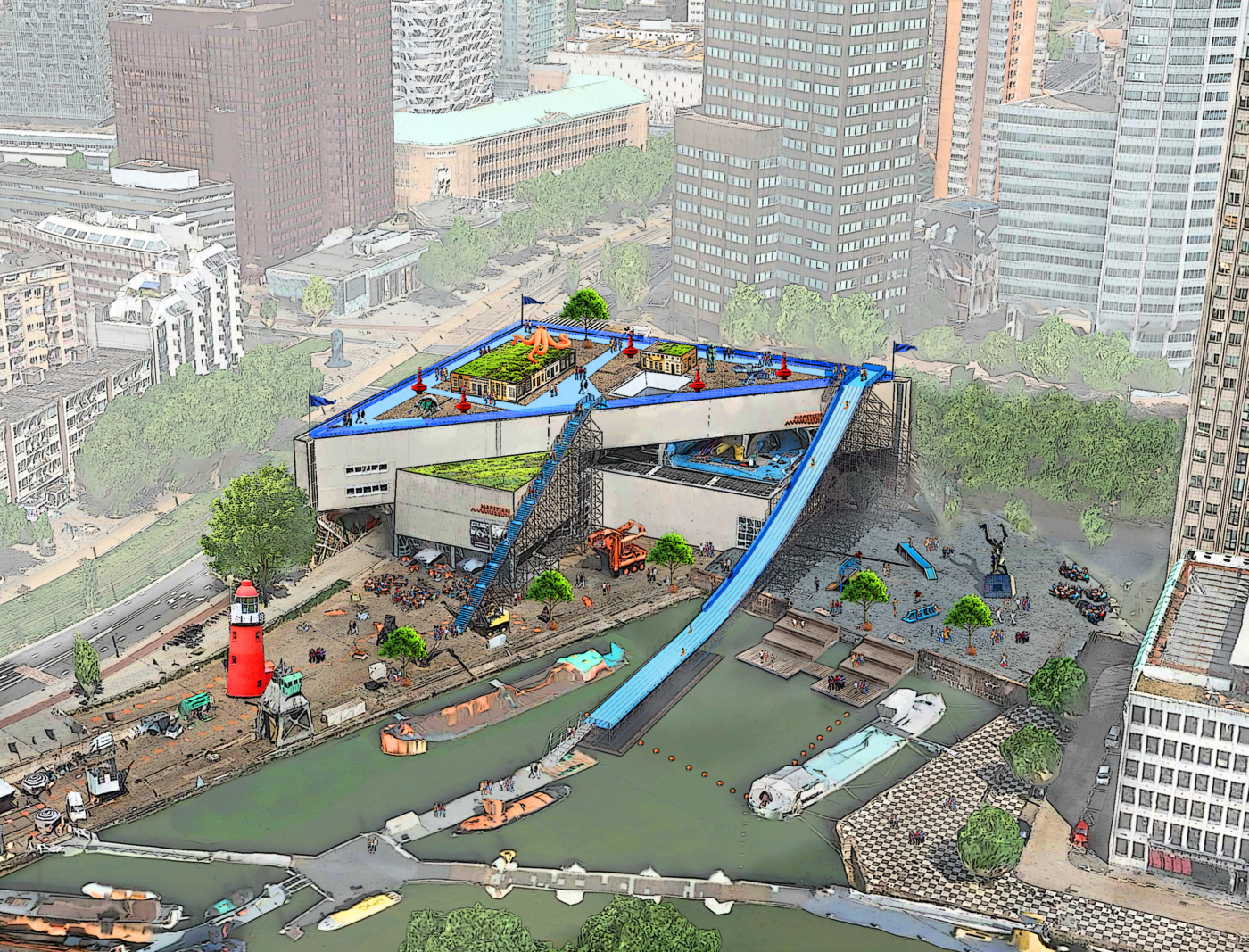Rotterdam's Rooftop Revolution
In the heart of Rotterdam, a unique urban transformation is taking place. The city, known for its modern architecture, is now home to a series of innovative rooftop ecosystems. These elevated green spaces are not just about aesthetics; they serve as vital microhabitats for various species.
The Green Roofs of DakAkker

One of the most notable examples is DakAkker, Europe's largest rooftop farm. Located atop the Schieblock building, this 1,000 square meter space is a thriving hub of biodiversity. Here, vegetables, fruits, and herbs grow alongside beehives, creating a self-sustaining ecosystem. The presence of bees is crucial, as they pollinate the plants, ensuring a continuous cycle of growth and harvest.

Biodiversity at the Luchtpark Hofbogen

Another significant project is the Luchtpark Hofbogen, a former railway viaduct turned green oasis. This elevated park stretches over 1.9 kilometers and is home to a variety of plant species, including wildflowers and grasses. These plants attract insects and birds, contributing to the urban biodiversity. The park also provides a natural cooling effect, reducing the urban heat island phenomenon.
Ecological Benefits and Challenges
The ecological benefits of these rooftop ecosystems are manifold. They help in managing rainwater, reducing air pollution, and providing insulation to buildings. However, maintaining these green roofs requires careful planning and management. The selection of plant species is crucial to ensure they can withstand the rooftop conditions, such as wind and limited soil depth.
Community Engagement and Education
These projects are not just about environmental benefits; they also engage the local community. Workshops and tours are regularly organized to educate residents about sustainable practices and the importance of urban biodiversity. This engagement fosters a sense of ownership and responsibility towards the environment.
Future Prospects for Urban Rooftops
As Rotterdam continues to innovate, the potential for expanding these rooftop ecosystems is immense. With more buildings adopting green roofs, the city is setting a precedent for sustainable urban development. These projects demonstrate how urban spaces can be reimagined to support both human and ecological needs.










